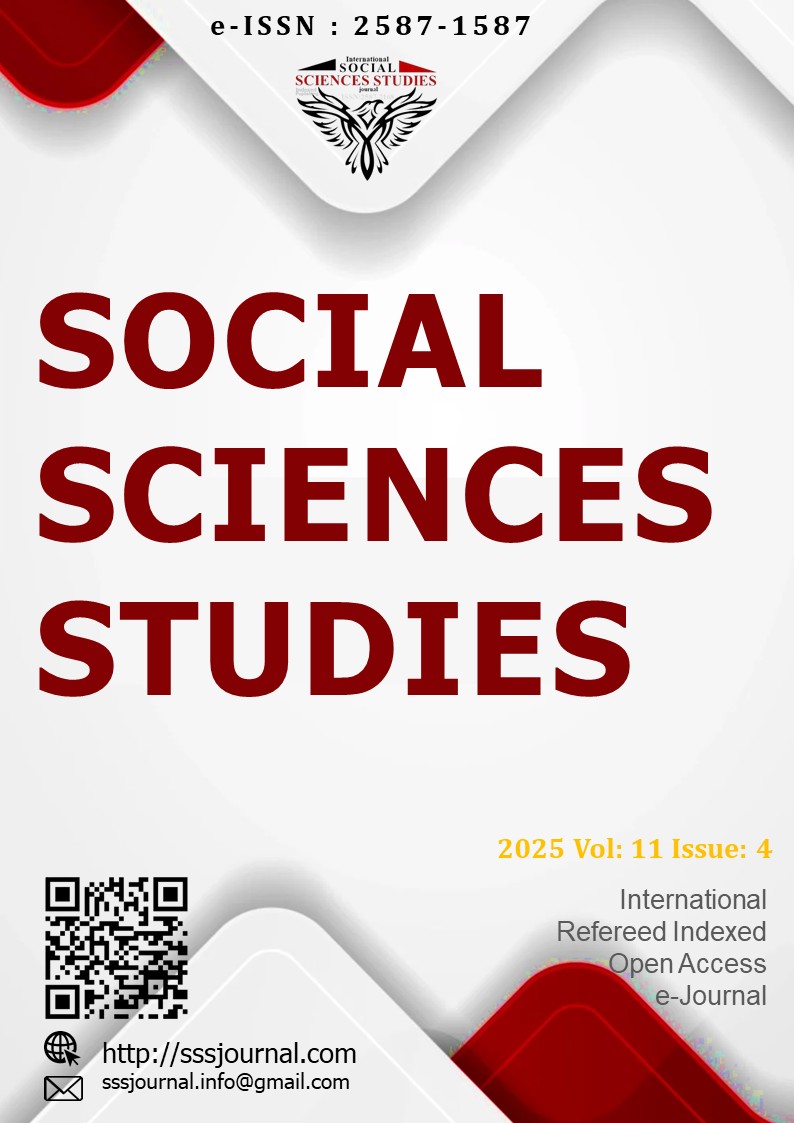Vedik Çarpma Yöntemlerinin Öğrencilerin Çarpma İşlemi Öz-Yeterliliklerine ve Tutumlarına Etkisinin İncelenmesi
Author :
Abstract
Bu araştırmanın amacı; 4. sınıf matematik dersinde Vedik çarpma yöntemlerine dayalı olarak yapılan aktivitelerin öğrencilerin çarpma işlemine yönelik öz-yeterliliklerine ve tutumlarına etkisini incelemektir. Çalışma, 2025-2026 eğitim-öğretim yılında Diyarbakır/Ergani ilçesinin Cahit Sıtkı Tarancı ilkokulunda gerçekleştirilmiştir. Çalışma grubu mevcut sınıflar içerisinden rastgele seçilmiş ve ilgili araştırma 28 öğrenci üzerinden yürütülmüştür. Çalışma, nicel ve nitel araştırma yöntemlerinin bir arada kullanıldığı karma yönteme dayalı olarak gerçekleştirilmiştir. Çalışmanın nicel boyutu yarı deneysel bir yöntem olan “tek gruplu öntest-sontest model”; nitel boyutu ise görüşme yöntemi kapsamında gerçekleştirilmiştir. Çalışmaya ilişkin nicel veriler, Yontürk ve Yılmaz (2024) tarafından 4. sınıf öğrencileri kapsamında geliştirilen “İlkokul Öğrencileri İçin Çarpma İşlemi Öz-Yeterlik Ölçeği”; nitel veriler ise araştırmacı tarafından geliştirilen yarı yapılandırılmış görüşme formu aracılığıyla toplanılmıştır. Çalışmanın amacı kapsamında toplanılan nicel veriler SPSS 24 programı aracılığıyla Wilcoxon İşaretli Sıralar Testi kullanılarak analiz edilmiştir. Nitel veriler ise betimsel analiz tekniğinden faydalanılarak çözümlenmiştir. Yapılan çalışma sonucunda; Vedik çarpma yöntemlerinin öğrencilerin çarpma işlemine ilişkin öz-yeterliliklerinin artırılmasına katkı sağladığı ve bu alternatif çarpma yönteminin öğrencilerin tutumlarını (bilişsel, duyuşsal ve davranışsal) olumlu yönde etkilediği saptanmıştır. Bu sonuçlardan hareketle; Vedik çarpma yöntemlerinin ilkokul 4. sınıf kademesinde çarpma işleminin öğretilmesinde alternatif bir öğretim yöntemi olarak eğitim müfredatına entegre edilmesi önerilmektedir.
Keywords
Abstract
The purpose of this research is to examine the effects of activities based on Vedic multiplication methods in the 4th grade mathematics course on students' self-efficacy and attitudes towards multiplication. The study was carried out in Cahit Sıtkı Tarancı primary school in Diyarbakır/Ergani district in the 2025-2026 academic year. The study group was randomly selected from existing classes and the research was conducted on 28 students. The study was carried out based on mixed method, which quantitative and qualitative research methods are used together. The quantitative dimension of the study was carried out based on the "single group pretest-posttest model", which is a quasi-experimental method, and the qualitative dimension was based on the interview method. Quantitative data for the study were collected by the “Multiplication Self-Efficacy Scale for Primary School Students” which had been developed by Yontürk, and Yılmaz (2024) for 4th grade students; Qualitative data were collected through a semi-structured interview form which has been developed by the researcher. The quantitative data collected for the research have been analyzed using the Wilcoxon Signed Rank Test through the SPSS 24 program. Qualitative data have been analyzed using the descriptive analysis technique. As a result of the study, it was determined that Vedic multiplication methods contributed to increasing the students' self-efficacy related to multiplication and this alternative multiplication method positively affected the students' attitudes (cognitive, affective and behavioral). Based on these results, it is recommended that Vedic multiplication methods be integrated into the curriculum as an alternative teaching method in teaching multiplication at the 4th grade of primary school.





